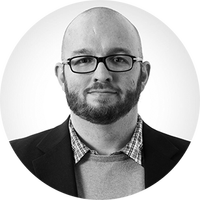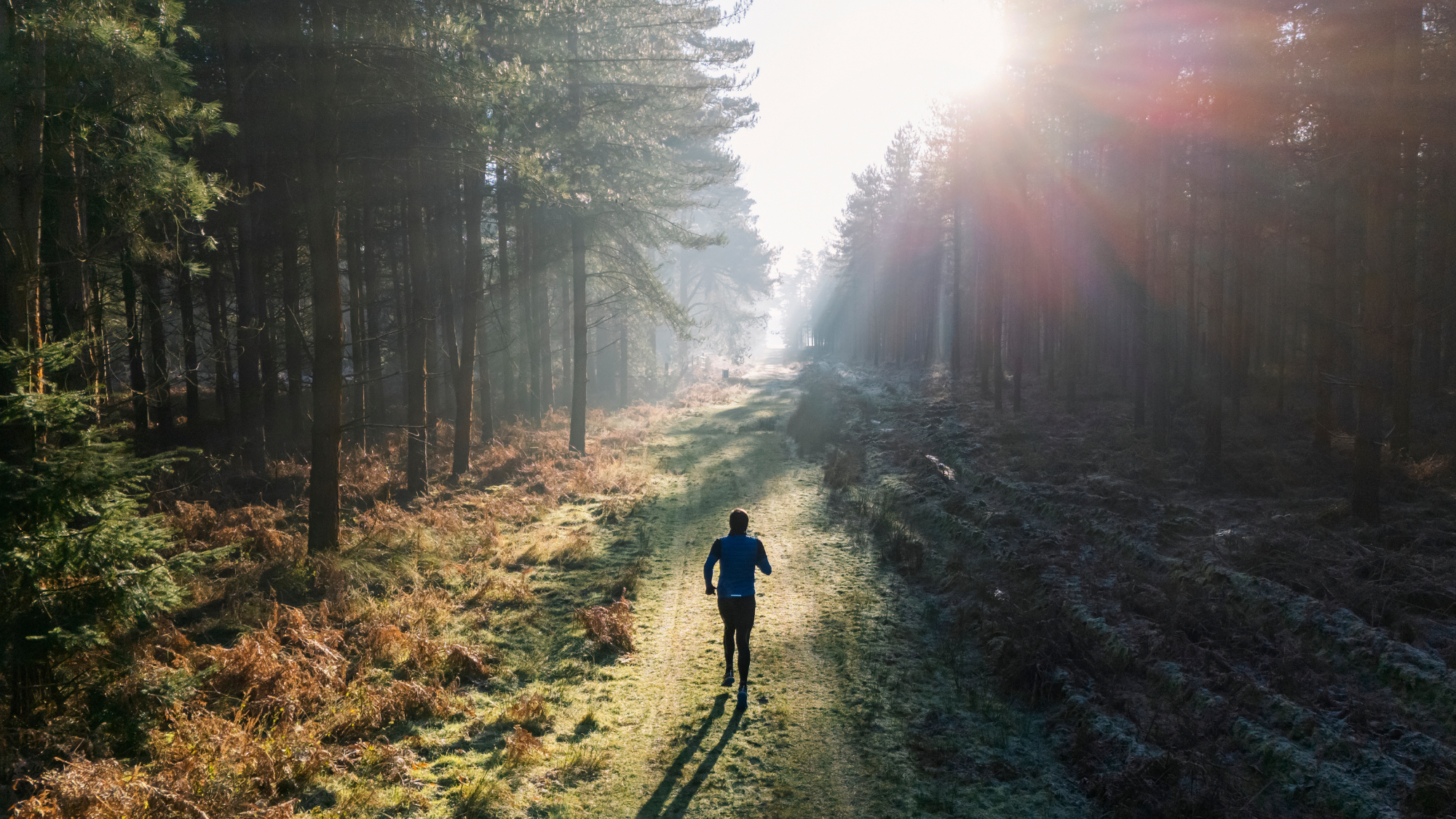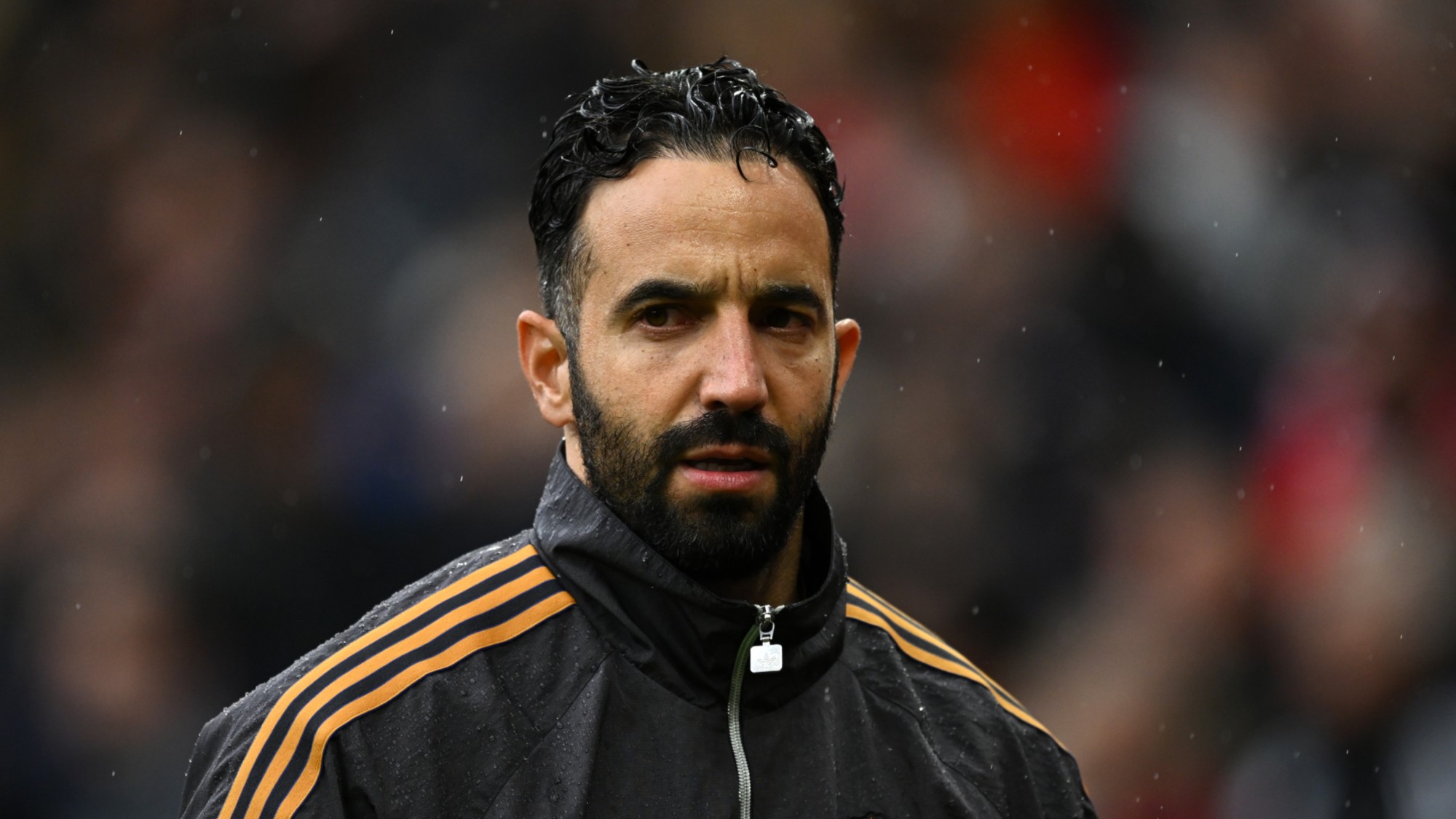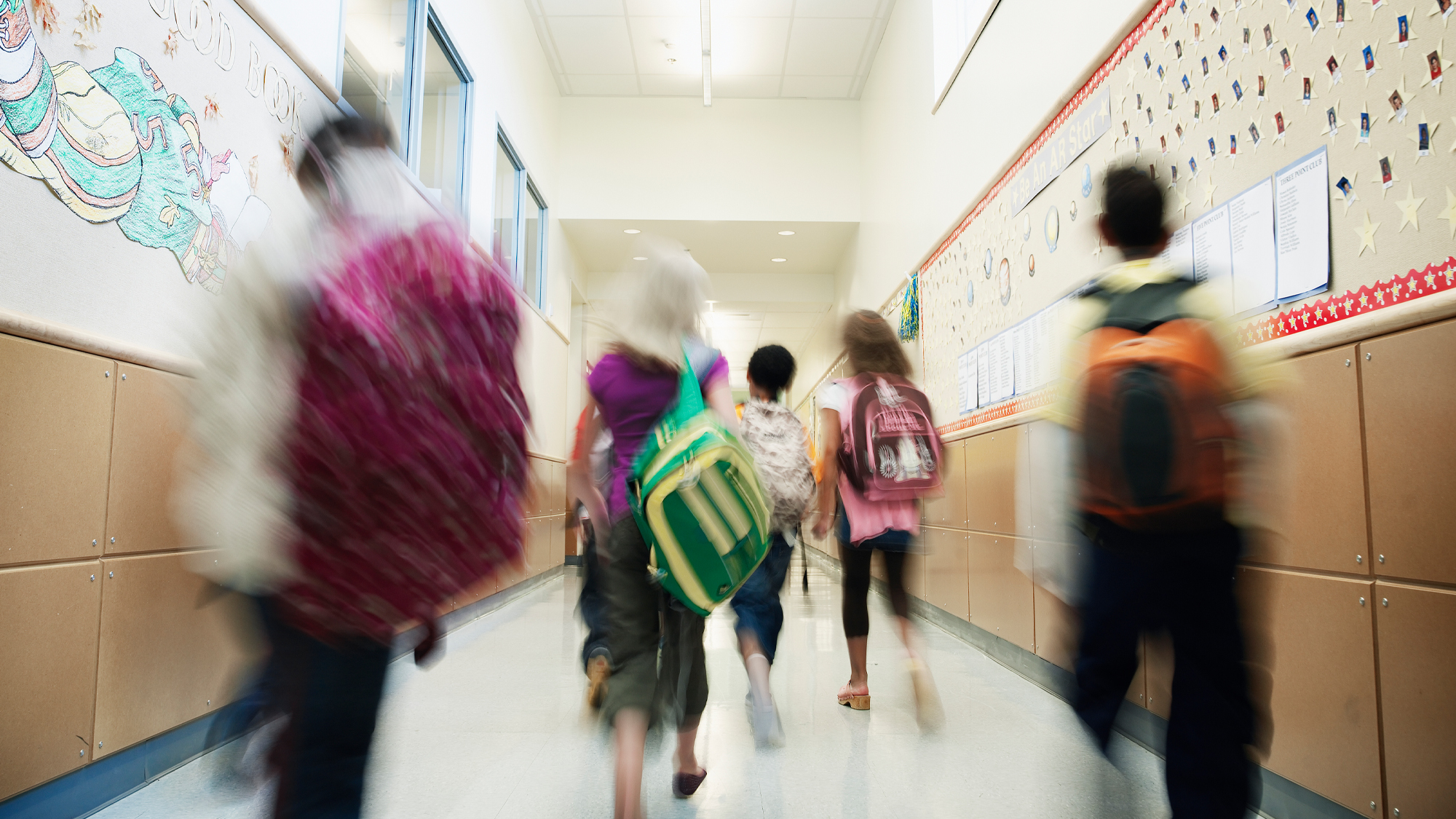Why America's debt is getting so big
$31.5 trillion in the hole and counting


America's debt is on the rise. The United States government is on track to add $19 trillion to the national debt over the next 10 years, The New York Times reports, "the result of rising costs for interest payments, veterans' health care, retiree benefits, and the military." The news comes as the Republican-led House is locked in a contentious battle with the Biden administration over how to raise the debt ceiling. Why is America's debt growing? Should we be concerned?
How big is the U.S. debt?
As of May, America's total debt was roughly $31.5 trillion, according to Treasury Department data. That's not just recent spending, the department says, but the "total amount of outstanding borrowing by the U.S. federal government accumulated over the nation's history." The government has always had some outstanding debts on its balance sheets — in the early days of the country, "debts incurred during the American Revolutionary War amounted to $75 million, primarily borrowed from domestic investors and the French Government for war materials," the Treasury notes. But as the debt grows, so do interest payments on that debt: "As of March 2023 it costs $384 billion to maintain the debt, which is 12 percent of the total federal spending."
How does this compare to historical patterns?
Instead of looking at the bottom line number, many economists prefer to look at the amount of debt America holds versus the size of its gross domestic product. "Debt-to-GDP is a useful metric for analyzing the debt over long time spans, as it puts the debt into relative terms by comparing it against the size of the national economy," Pew Research Center explains. But even by that standard, the U.S. debt is getting to be fairly sizable: Data from the St. Louis Fed shows America's debt-to-GDP ratio is about 120 percent, thanks in part to COVID-driven spending in 2020. The ratio has typically spiked at the end of America's wars. It hit 113 percent right after World War II. The modern low was around 30 percent in 1981. With the exception of a brief retreat during Bill Clinton's presidency, it has climbed steadily since.
The Week
Escape your echo chamber. Get the facts behind the news, plus analysis from multiple perspectives.

Sign up for The Week's Free Newsletters
From our morning news briefing to a weekly Good News Newsletter, get the best of The Week delivered directly to your inbox.
From our morning news briefing to a weekly Good News Newsletter, get the best of The Week delivered directly to your inbox.
What are the biggest drivers of the debt?
America's debt has risen massively since the beginning of the 21st century, as "politicians from both parties have made a habit of borrowing money to finance wars, tax cuts, expanded federal spending, care for baby boomers, and emergency measures to help the nation endure two debilitating recessions," writes Jim Tankersley at The New York Times. Pew adds that the biggest spikes have come during the Great Recession of 2008, and the pandemic of 2020. The debt is expected to balloon rapidly, though, as the number of retirees grows and they start collecting Social Security and Medicare.
Is Congress acting?
There is bipartisan concern about the growing debt. Sen. Roger Marshall (R-Kan.), a member of the Senate Budget Committee, tells The Washington Post that the national debt is "the No. 1 issue facing this country." Sen. Mark Kelly (D-Ariz.) says there will be "consequences" for the debt. Even independent Vermont Sen. Bernie Sanders, who the Post notes "does not have a reputation as a fiscal hawk," says the debt is "a real issue that we've got to deal with."
But it's not clear that there is an easy path to making cuts or increasing revenue. As the Post's Catherine Rampell points out, Republicans have pledged to balance the budget in the next decade — but have ruled out cuts to defense, Social Security, or Medicare, which collectively account for 43 percent of federal spending. They're also against raising taxes.
What's next?
All of this comes amid the fight over the debt ceiling. The debt situation will actually get worse if the high-stakes game of chicken between Democrats and Republicans ends up with America defaulting — even temporarily — on its debts. That's because the federal government is able to borrow at relatively low interest rates in large part because investors believe their money is safe with the U.S. government. "If the federal government defaults, global investors may start to look for alternatives to Treasuries as safe assets," Arvind Krishnamurthy and Hanno Lustig write for Barron's. "That would make deficit projections even worse by increasing the cost of borrowing." Hopefully that won't happen though.
A free daily email with the biggest news stories of the day – and the best features from TheWeek.com
Updated May 2, 2022: This piece has been updated throughout to reflect recent developments.
Joel Mathis is a writer with 30 years of newspaper and online journalism experience. His work also regularly appears in National Geographic and The Kansas City Star. His awards include best online commentary at the Online News Association and (twice) at the City and Regional Magazine Association.
-
 The rise of runcations
The rise of runcationsThe Week Recommends Lace up your running shoes and hit the trails on your next holiday
-
 Amorim follows Maresca out of Premier League after ‘awful’ season
Amorim follows Maresca out of Premier League after ‘awful’ seasonIn the Spotlight Manchester United head coach sacked after dismal results and outburst against leadership, echoing comments by Chelsea boss when he quit last week
-
 January’s books feature a revisioned classic, a homeschooler's memoir and a provocative thriller dramedy
January’s books feature a revisioned classic, a homeschooler's memoir and a provocative thriller dramedyThe Week Recommends This month’s new releases include ‘Call Me Ishmaelle’ by Xiaolu Guo, ‘Homeschooled: A Memoir’ by Stefan Merrill Block, ‘Anatomy of an Alibi’ by Ashley Elston and ‘Half His Age’ by Jennette McCurdy
-
 The UK's national debt: a terrifying warning
The UK's national debt: a terrifying warningTalking Points OBR's 'grim' report on Britain's fiscal outlook warns of skyrocketing spending, but 'projection' is not a 'forecast'
-
 The rise of the world's first trillionaire
The rise of the world's first trillionairein depth When will it happen, and who will it be?
-
 The surge in child labor
The surge in child laborThe Explainer A growing number of companies in the U.S. are illegally hiring children — and putting them to work in dangerous jobs.
-
 Your new car may be a 'privacy nightmare on wheels'
Your new car may be a 'privacy nightmare on wheels'Speed Read New cars come with helpful bells and whistles, but also cameras, microphones and sensors that are reporting on everything you do
-
 Empty office buildings are blank slates to improve cities
Empty office buildings are blank slates to improve citiesSpeed Read The pandemic kept people home and now city buildings are vacant
-
 Why auto workers are on the brink of striking
Why auto workers are on the brink of strikingSpeed Read As the industry transitions to EVs, union workers ask for a pay raise and a shorter workweek
-
 American wealth disparity by the numbers
American wealth disparity by the numbersThe Explainer The gap between rich and poor continues to widen in the United States
-
 Cheap cars get run off the road
Cheap cars get run off the roadSpeed Read Why automakers are shedding small cars for SUVs, and what that means for buyers
